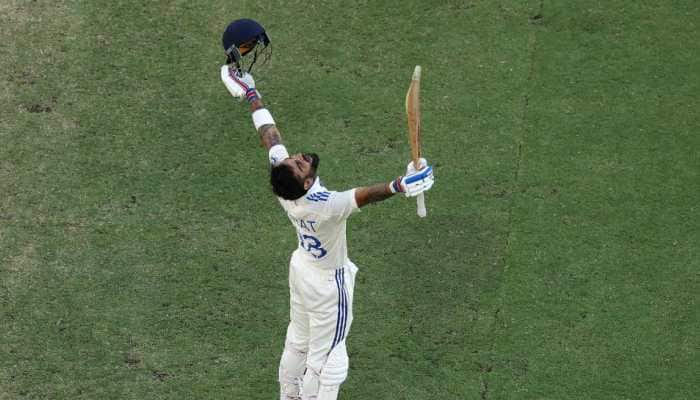Markets win some, lose some, global triggers hold the cards
Good rains and a growth-oriented budget laid the perfect pitch for a dream run for stocks, but that was not to be as the market got a scare after heavy capital pullout by FIIs in the concluding two months of 2016.
Trending Photos
)
Mumbai: Good rains and a growth-oriented budget laid the perfect pitch for a dream run for stocks, but that was not to be as the market got a scare after heavy capital pullout by FIIs in the concluding two months of 2016.
In the end, the early gains almost evaporated, leaving behind an almost flat closing.
The BSE 30-share Sensex soared to a high of 29,077.28 in September backed by consistent FII inflows, which totalled Rs 51,293 crore in the first nine months, but later crashed to a low of 22,494.61 before ending at 26,213.44 on December 27, registering a net gain of 95.9 points, or 0.36 percent from its last year-end close of 26,117.54.
To begin with, the market got a shot in the arm from a favourable monsoon and a promising Union budget, ratcheting up investor interest in the equity market. But it took a knock of by over 3,000 points, or 10 percent, from its yearly high, hit by fears of acute cash crunch after the government's demonetisation move and anticipation of more aggressive rate hikes by the Federal Reserve.
FIIs poured in nearly Rs 51,293 crore in the first nine months of the year, but later offloaded shares worth Rs 22,551 crore from October onwards, according to data released by the Securities and Exchange Board of India.
The market saw its worst intra-day fall of 1,689 points in nearly 15 months on November 9, reacting negatively to Donald Trump's surprise win in the US presidential election and the Union government's crackdown on black money.
Amid the uncertainty over the Brexit fallout, analysts downgraded revenue estimate for some of the exports-oriented companies from Indian IT, automobiles, metal and pharma sectors that were hit the hardest.
But the government's decision to open up foreign direct investment in defence, pharma aviation, single-brand retail and broadcasting, among others, was music to investors' ears.
The long-delayed GST Constitution Bill too was passed by Parliament on August 8, marking a historic step for tax reforms that Prime Minister Narendra Modi said was "crucial" for ending tax terrorism besides dealing with corruption and blackmoney and making consumer the king.
On the inflation front, the government and RBI agreed to maintain a target of 4 percent. Investors took a cautious line after appointment of Urjit Patel as the new RBI Governor.
In the first review under Patel, the repo rate was cut by 0.25 percent to a 6-year low of 6.25 percent in a unanimous decision by the new monetary policy committee (MPC).
In the second, Patel left the policy rate -- at which RBI lends to banks for short term -- intact at 6.25 percent and the cash reserve ratio -- the share of deposits lenders park with the central bank -- at 4 percent.
However, in the mid of December, the Federal Reserve decided to raise the benchmark interest rate by 0.25 percent, the second time in a decade, a reflection of the confidence over the state of the world's biggest economy.
Tata group stocks on October 25 ended by up to 3 percent lower after Cyrus Mistry was removed as Chairman of India's largest conglomerate.
China's move to weaken the yuan to fight a slowing economy triggered a massive global sell-off. China's central bank devalued the the yuan in January against the US dollar by 0.51 percent to 6.5646, the lowest since March 2011.
Sentiment also got a hit after global crude prices softened to multi-year lows below USD 30 a barrel following China's weakening currency and rising global stock reserves.
Depreciation of the rupee against the dollar also affected market sentiment as the rupee touched a low of 68.86 on November 24.
Stay informed on all the latest news, real-time breaking news updates, and follow all the important headlines in india news and world News on Zee News.
Live Tv







)
)
)
)
)
)
)
)
)
)
